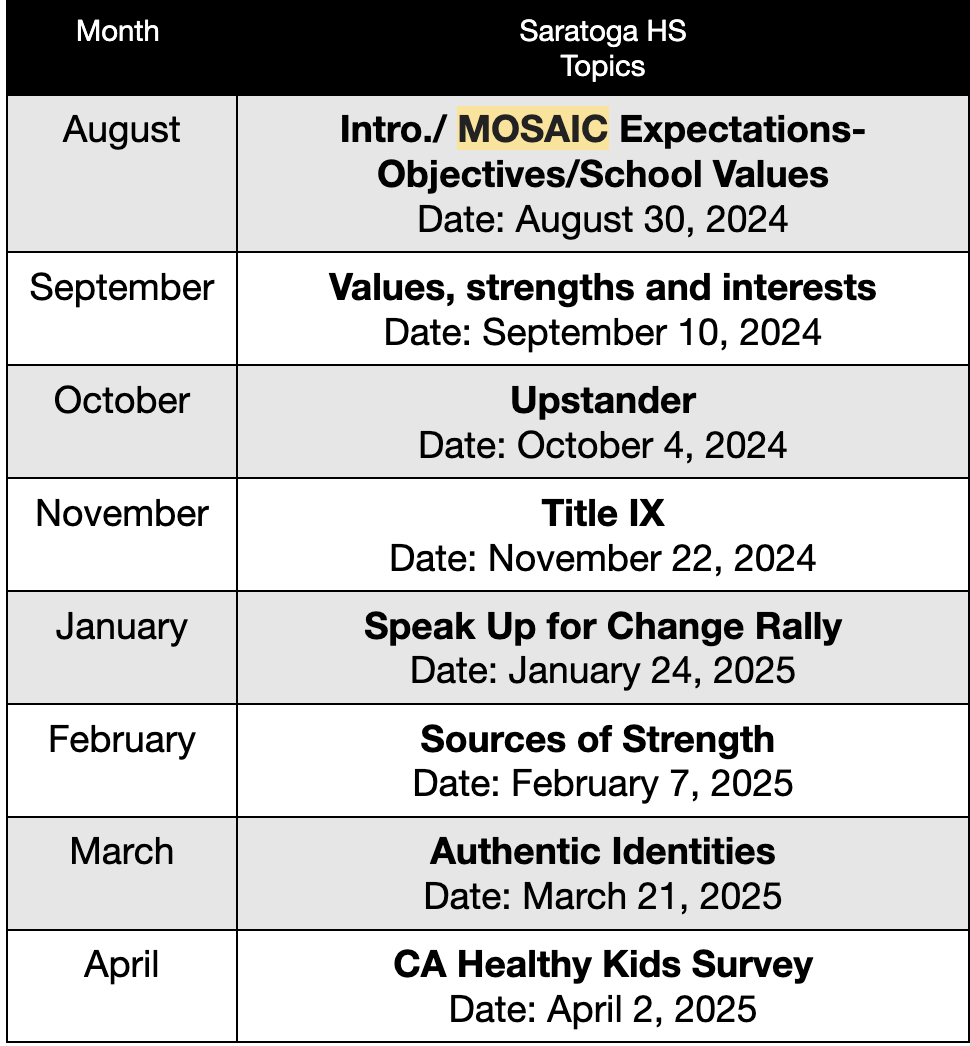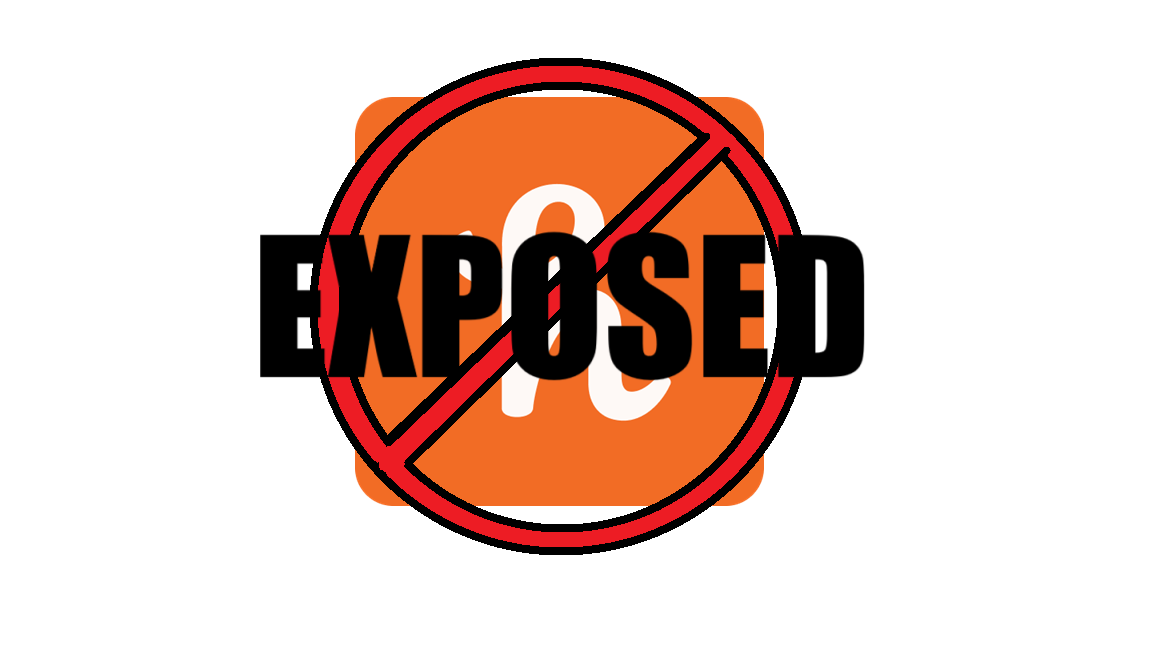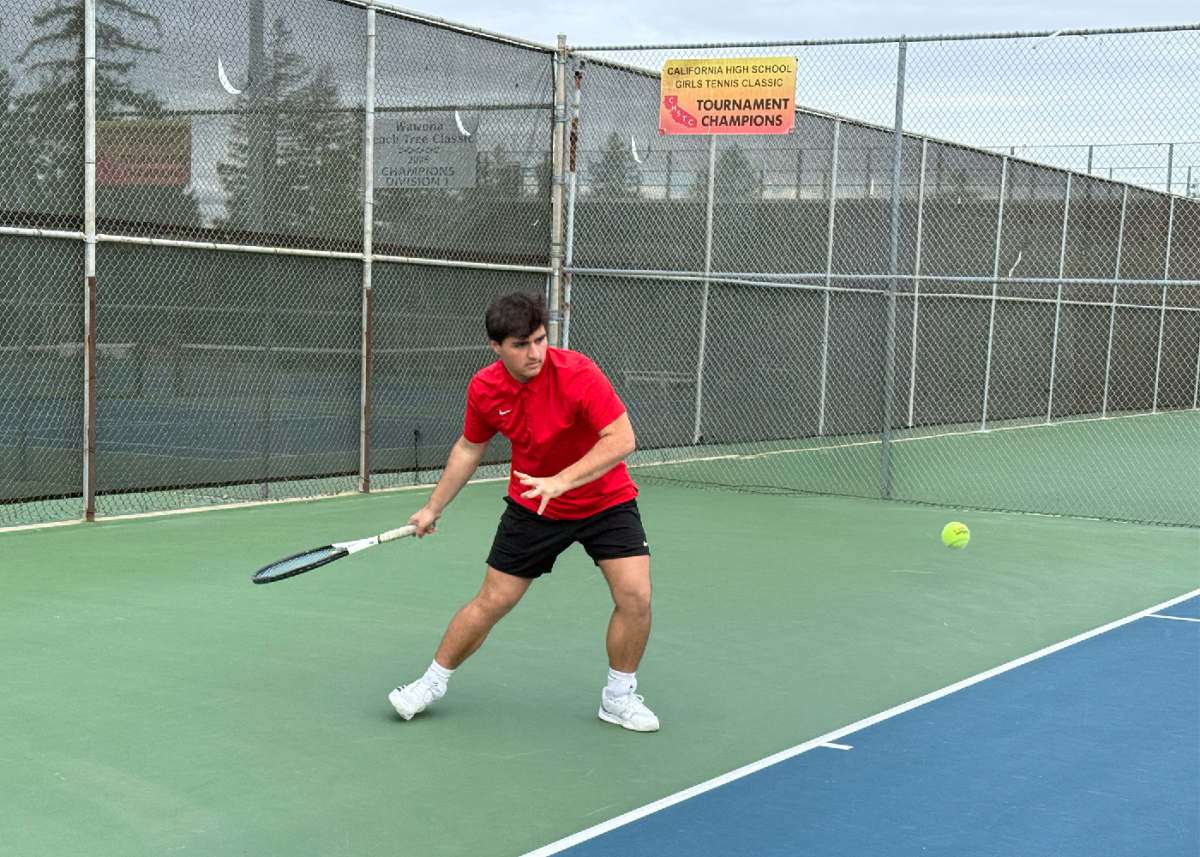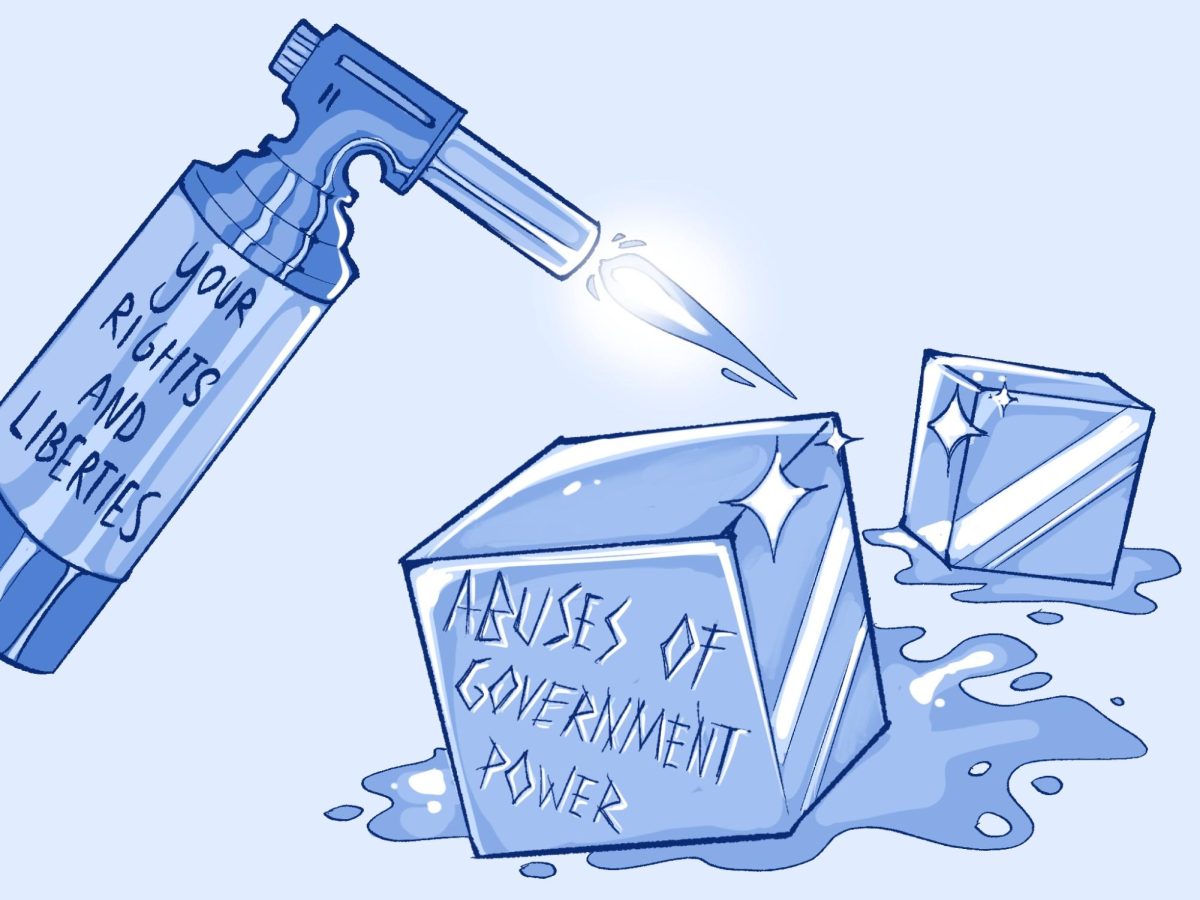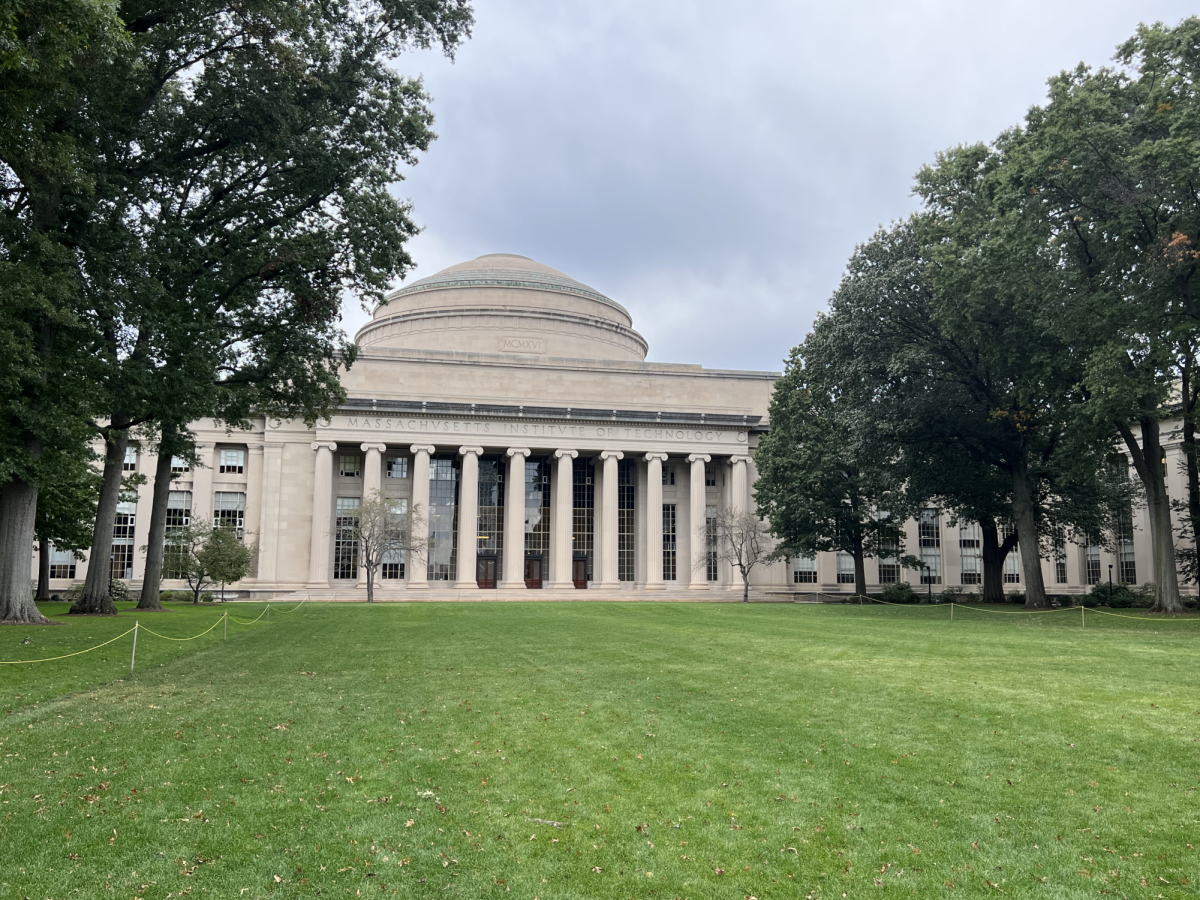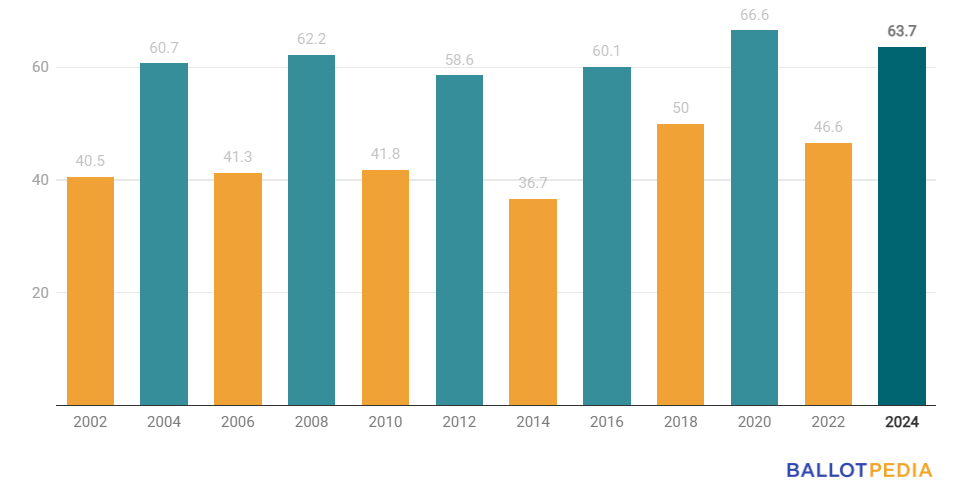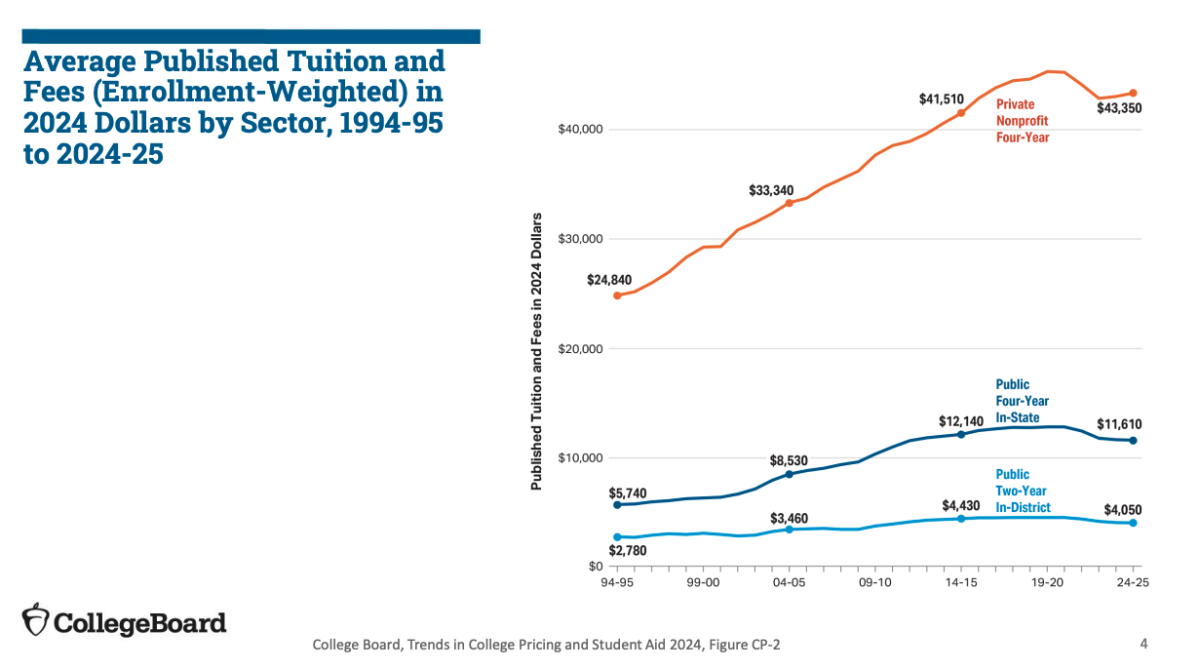When 57% of Californians voted to pass Proposition 64 in 2016 — legalizing the possession, sale and ingestion of cannabis for adults 21 and over — the move was hailed as an important milestone to combat black-market drug operations.
Eight years later, it’s unclear whether the Adult Use of Marijuana Act has succeeded. Illegal weed dispensaries hiding in plain sight around the state are raided and taken down, only for yet another beaten-down storefront to be discovered as a front for black market operations, month after month.
And even though cannabis use among young adults has remained steady, usage among teens, especially high schoolers, is creeping up year by year.
While it’s easy to blame the problem on school culture or illegal black-market dealings, the clearest dangers lie completely within the bounds of the law — in legal cannabis dispensaries situated less than a 1,000 feet from schools.
Although Proposition 64 takes school safety into account, banning the consumption and advertisement of marijuana within 1,000 feet of school grounds, the law falls short when it comes to regulating the shops themselves. Across the state, any cannabis dispensary can operate anywhere more than 600 feet from a school. For reference, that’s around the distance between Saratoga High’s music building and its football field.
Even though a policy like this doesn’t make a difference when it comes to more suburban areas like near SHS, it becomes a challenge for students, parents, administrators and the broader community in many nearby cities and across the nation.
A prime example is in Washington, D.C, where even though its legal requirements set a 300-feet boundary around schools for pot shops, a loophole that excludes schools in commercial zones allowed a dispensary to open across the street from a charter school in 2024.
And in Santa Cruz, just a 40-minute drive from SHS, school district administrators and parents protested heavily against the establishment of a dispensary just two blocks away from Santa Cruz High. (There’s room for nuance within this case, however; the store that’s moving in, The Hook Outlet, will serve as a low-cost provider of medical marijuana to patients with chronic or life-threatening conditions, a loophole that is sometimes exploited.)
Arguing that the shop would be located along a common path students take to walk to school, and that cannabis stores are much more likely to be targets of burglaries due to their cash-only nature, the district resolved to oppose the placement of the shop.
Two months later, the Santa Cruz City Council voted nearly unanimously to approve the dispensary proposal.
Ultimately, the well-being of students and young children shouldn’t just fall away when discussions around this issue arise — even if there are some benefits to healthcare access. If anything, protecting teen health from marijuana usage needs to be the main priority, especially when concerns like those raised by the Santa Cruz City Schools are supported by mountains of evidence.
In 2022, data from the CDC indicated that more than 30% of high school seniors used cannabis, with more than 6% of them using it heavily. The California Department of Public Health warns that tetrahydrocannabinol (THC) potent in marijuana has serious detrimental effects on teen brain development, leading to lower grades and an increased risk for mental health problems including depression and suicide.
These warnings aren’t just theoretical — calls to Poison Control Centers in California almost doubled in 2018, the year recreational marijuana sales became legal, with hundreds of those calls related to youth exposure. Numerous studies have also shown an irrefutable connection between the density of dispensaries near a school and increased adolescent use. It’s not just about having a store — even areas with increased advertising follow this dangerous trend.
So while there’s room for discussion regarding medical marijuana and healthcare accessibility, like in the case of Santa Cruz High, the line needs to be drawn more clearly — and it should be in favor of protecting kids and recognizing their vulnerabilities.
What should not be happening is the extreme loosening of regulation in places like San Jose in 2023. The city council voted 10-1 in favor of halving the distance requirement to 500 feet and allowing a maximum of four shops to operate within the same 1,000 square-foot area.
When representatives like those in San Jose emphasize the importance of tax revenue from legal cannabis businesses over the health of not just young students but their broader community, it sends a clear-cut message of greed.
With illegal cannabis businesses still thriving around the state, it’s clearly time for politicians to actually focus on extinguishing the flames of addiction — instead of fanning them.




